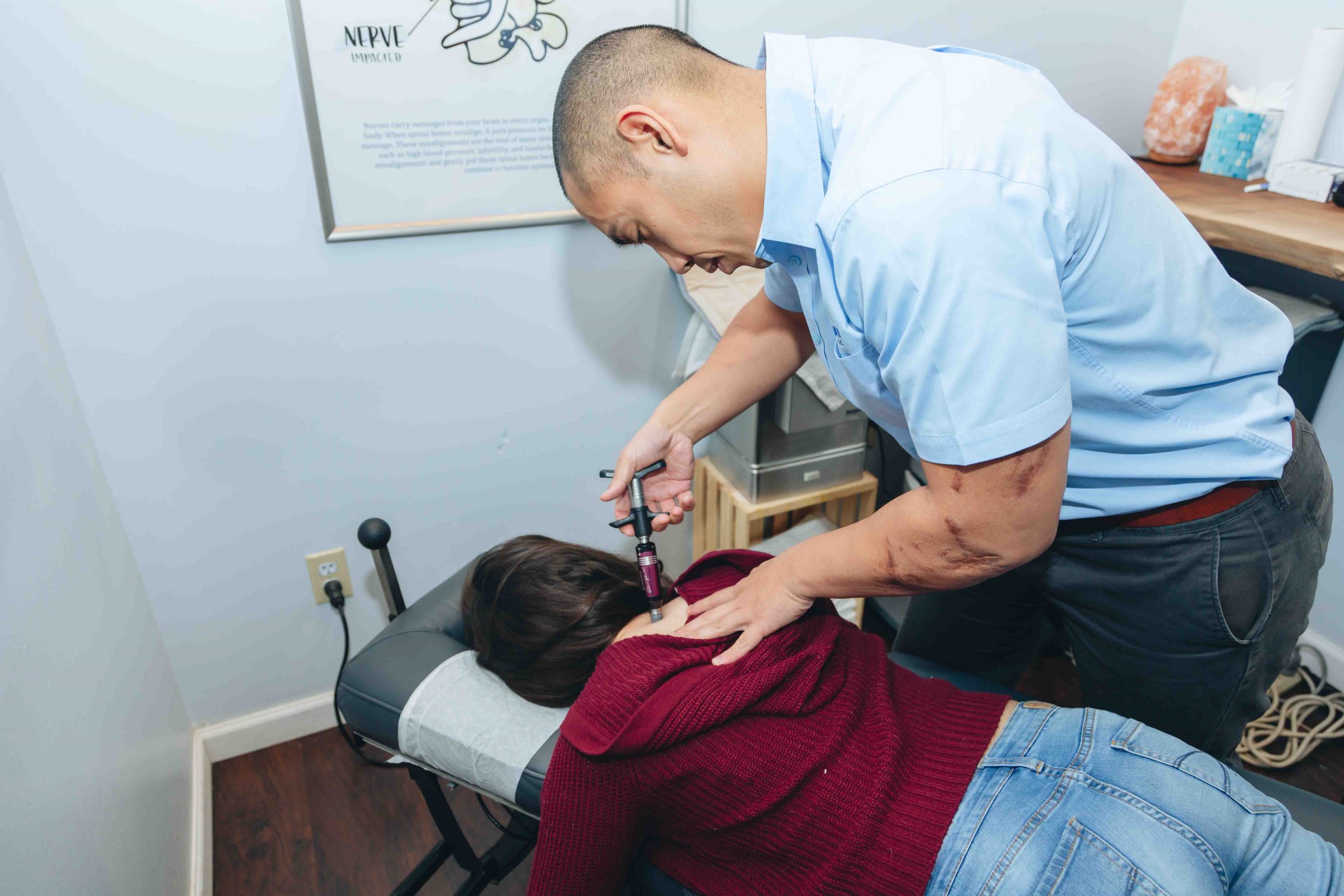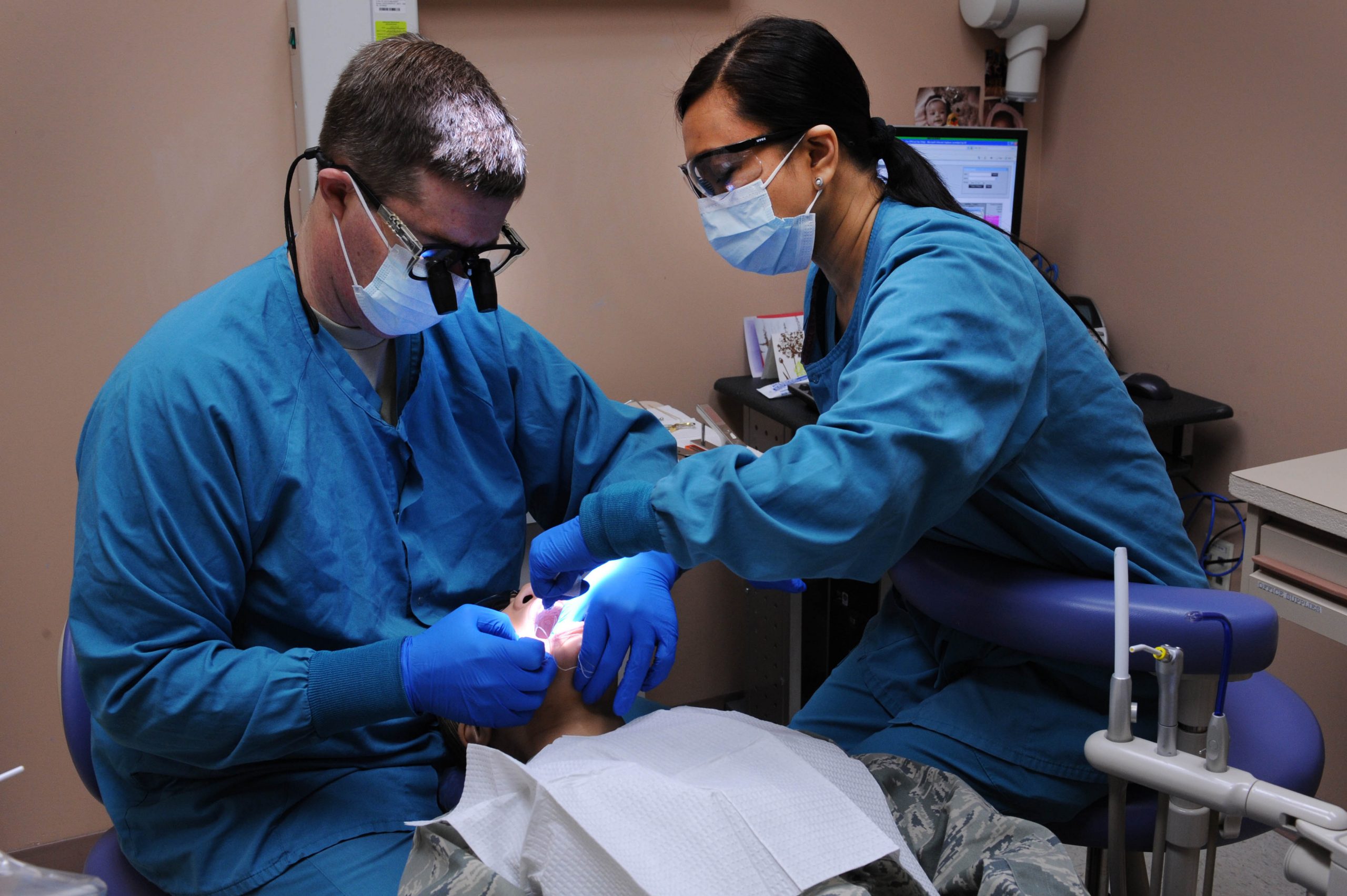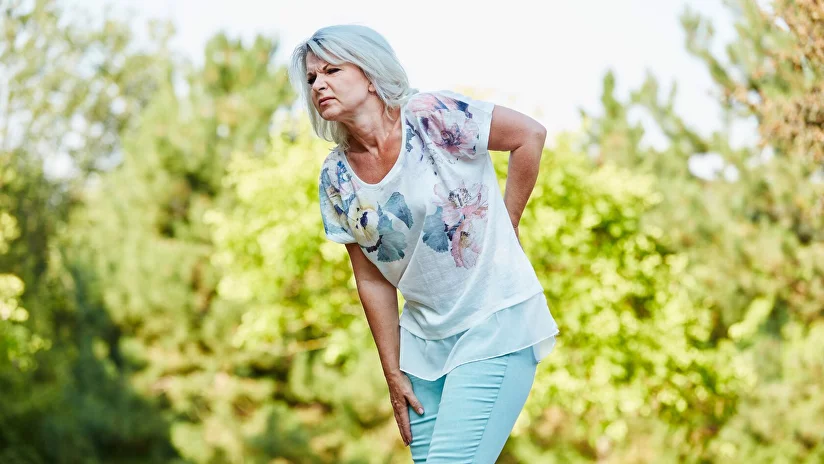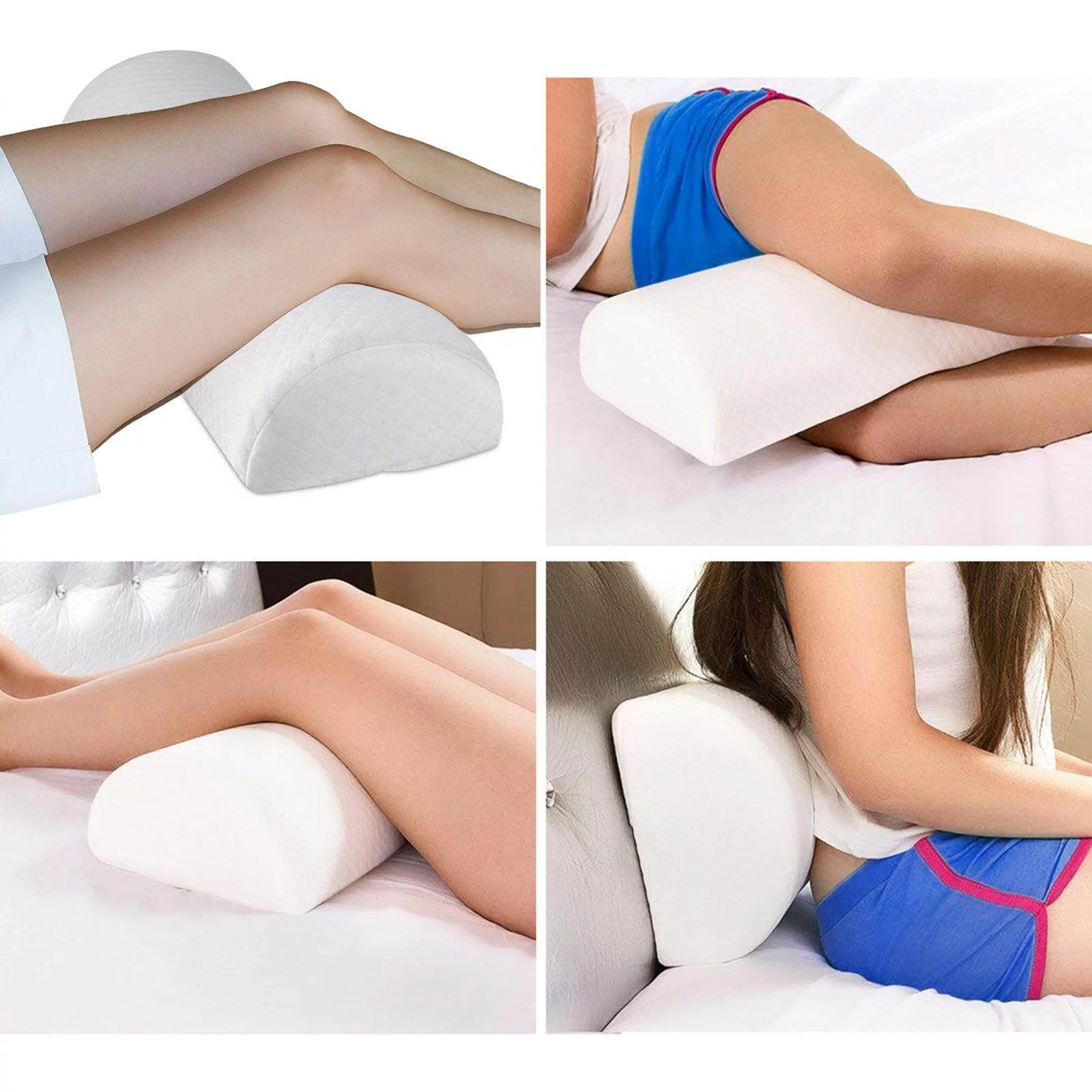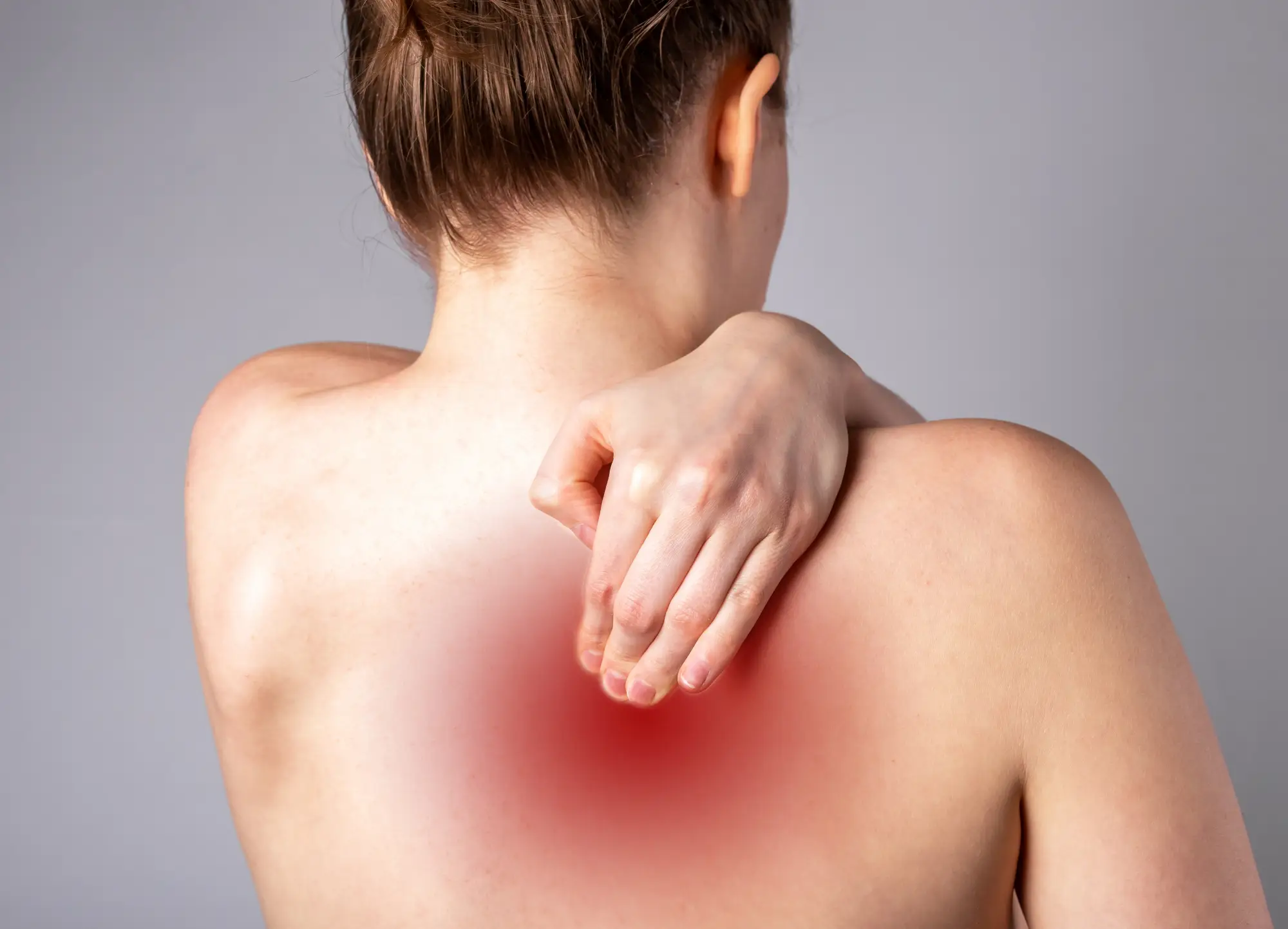Chiropractor Beaverton Back Pain Relief Center – Eliminate Your Back Pain In Seconds
You may really feel like relaxing, yet relocating is excellent for your back. Workouts for lower pain in the back can reinforce back, stomach, and also leg muscular tissues. They help sustain your spine, eliminating back discomfort. Chiropractor Beaverton Back Pain Relief Center
Constantly ask your healthcare professional prior to doing any workout for back soreness. Depending upon the reason as well as strength of your tenderness, some exercises might not be suggested and also can be hazardous. Read more “Chiropractor Beaverton Back Pain Relief Center – Eliminate Your Back Pain In Seconds”
